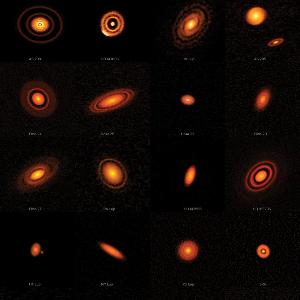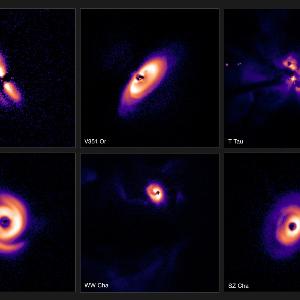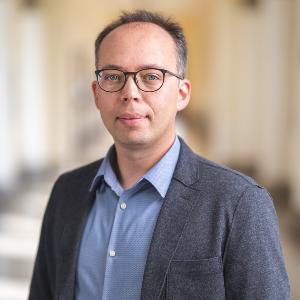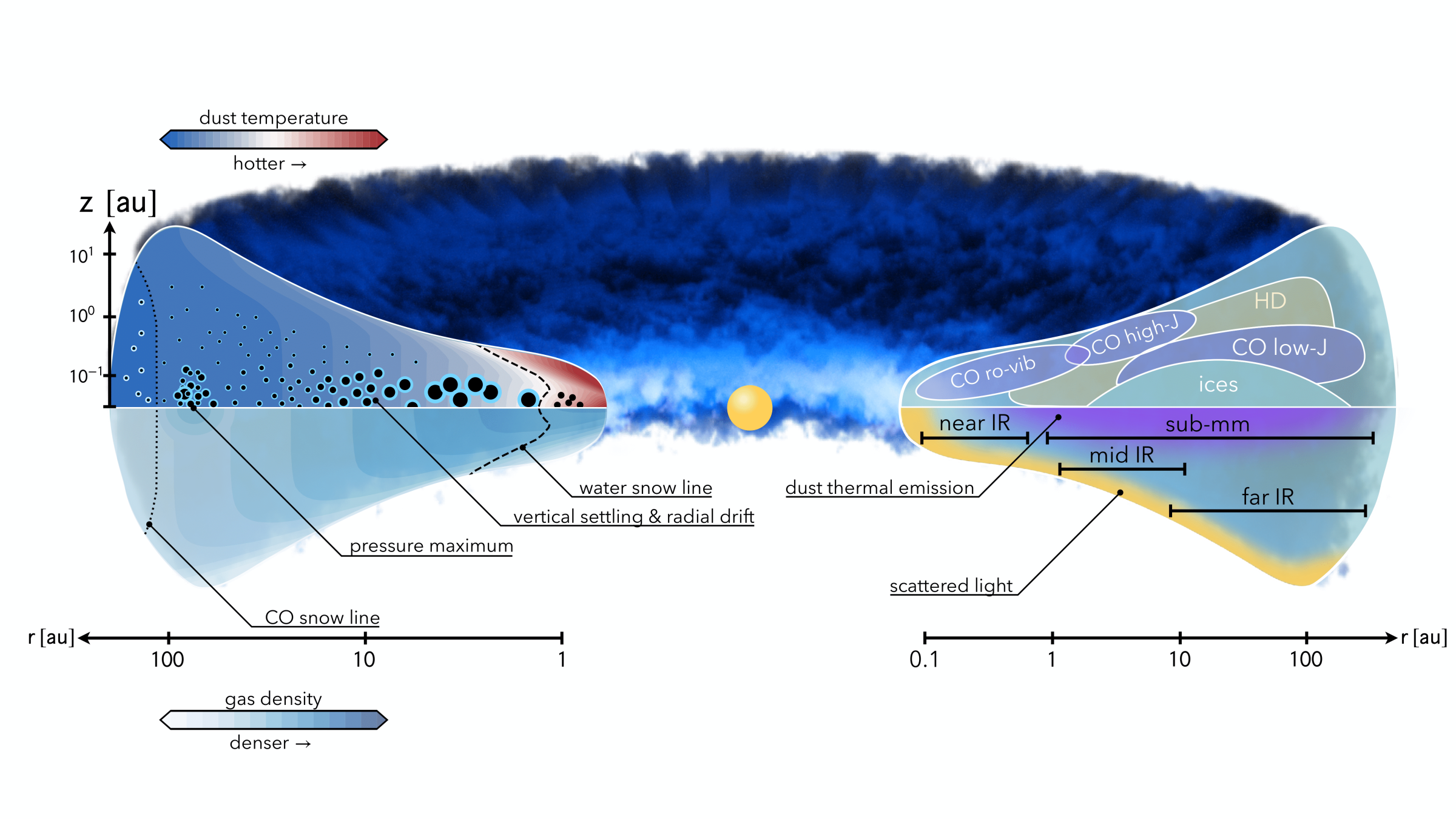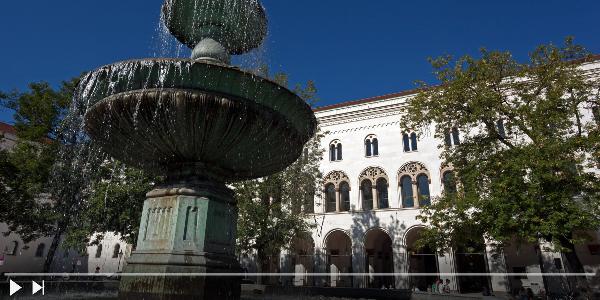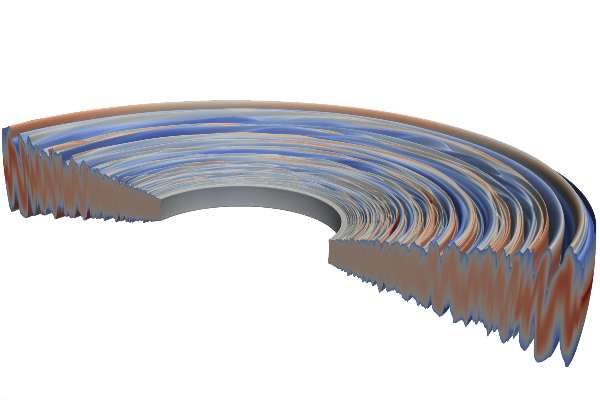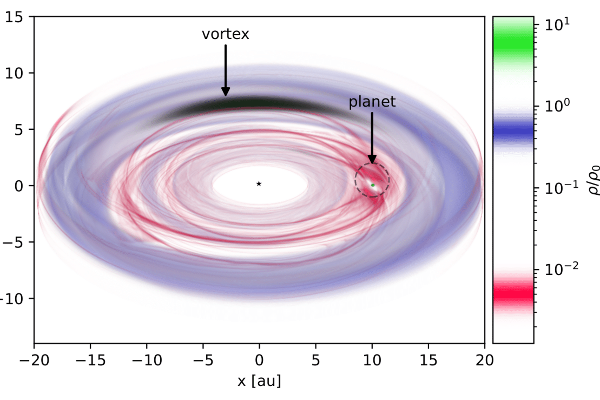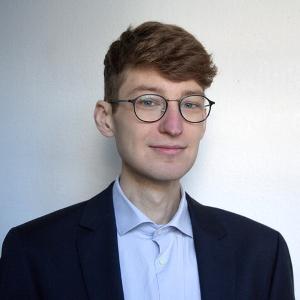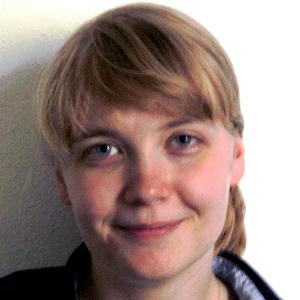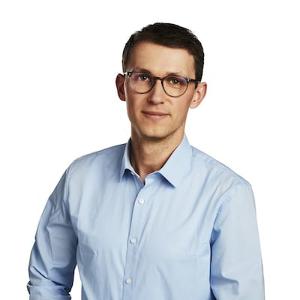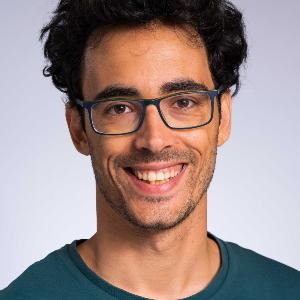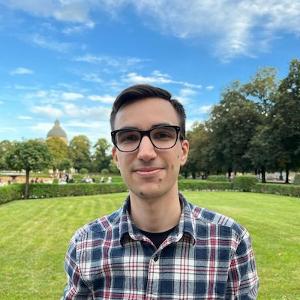Planet Formation and Protoplanetary Disks Group (Prof. Birnstiel)
Professor Birnstiel and his group work towards understanding the processes involved in the formation of planets. The group uses mainly computational tools to model and simulate the structure and evolution of circumstellar disks and the growth processes that lead from sub-micrometer sized dust particles all the way to terrestrial planets or giant planets.
